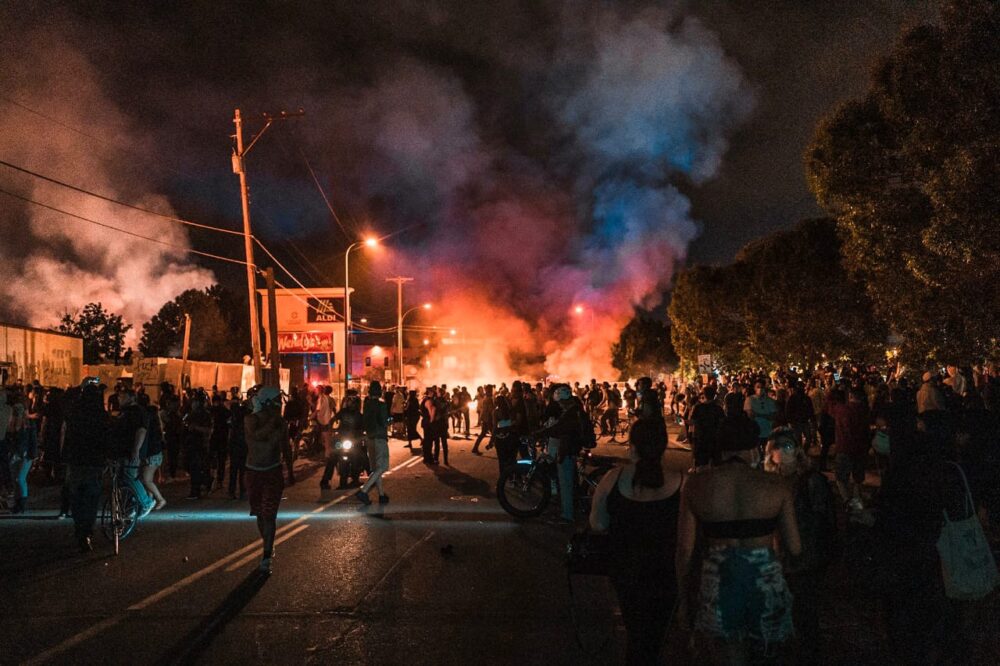It was on February 29, 2020, that the world awoke to a new dawn. The dawn signalled the end of the 20-year long crisis that has engulfed Afghanistan, as a historical “peace deal” was agreed upon by the United States and the Taliban in Qatar’s Doha. Marking their presence was US special envoy Zalmay Khalilzad and the current Taliban chief Mullah Abdul Ghani Baradar. Also present was US Secretary of State Mike Pompeo.
Following are the key points of the long-expected truce-
The United States will work on reducing its troops in the region to 8,600 and would urge the allies to do the same.
The US will lift sanctions against the Taliban.
The so-called “Agreement for Bringing Peace to Afghanistan” also calls for a prisoner swap which is one demand that has already halted the process. Herein, the Taliban expected Afghanistan government to release 5000 of its prisoners in exchange for 1000 Afghan soldiers by March 10.
As per the United Nations, more than 10,000 civilians have been killed in Afghanistan until May 2020. The conditional peace agreement was read, studied, and analysed by leading scholars and those concerned, leading to the emergence of salient questions and possible challenges the deal and the country still face.
The foremost idea to be kept in mind is that the Taliban is far from being deemed as trustworthy. There has been a deep scepticism regarding the post-deal stints of the Taliban where they have actively resorted to attacking the Afghani civilians and the elected Afghan government that was largely kept out of the peace process. This is in light of the Talibani assurance that Afghanistan’s soil would not be used for any attack towards the US or its allies. Taliban’s continuous refusal to accept the 9/11 attacks or to express any regret is another mark on the wall.
Another question raised is how, after the US withdraws from the region, would the Taliban address the numerous regional and ethnic differences that have taken over the country. Would it resort to suppress and admonish them or would work out yet another peace deal with the Afghan government? It is evident that the fundamentalist group is keen on taking over the country and hence the world should be prepared for yet another round of intra-Afghan violence this time maybe, sans the US.
At last, the major obstacle is the cold distance between the Taliban and the Ashraf Ghani government that seems almost impossible to narrow down. The two see eye-to-eye on every possible level and are deeply suspicious of each other. In March, the Taliban once again refused to share seats with the government. Not just the Taliban but long time rival of Ashraf Ghani and the self-proclaimed President Abdullah has refused to recognise the negotiating delegation set up by the Ghani government. In April, the Taliban announced it was pulling out from talks with the Afghan government as each side accused the other of unreliability. Javid Faisal, a spokesman for the Ghani government said once again that Taliban pulling out of the talks all of a sudden shows how less serious they are as compared to us. Not just the Taliban but the Ghani government is also under fire from all sides. Secretary of State Mike Pompeo frustratingly announced a cut of $1 billion of aid to Afghanistan. This was in response to the current bickering among top Afghan government officials.
It goes without saying that the Taliban is hell-bent on enforcing its doctrines and principles in Afghan society. The country has repeatedly been termed as the worst country for women to live in. It has for long-suppressed women’s rights and voices. The once modern and aware women are now forcibly “chadri-clad.” There is no doubt that after the US has left the country, the Taliban will go to any lengths to reverse the process of whatever little progress women have experienced with the US or international aid. Women have always been the worst sufferers of conflict everywhere, not just in Afghanistan. Many hundreds of women over the painful years have resorted to killing themselves to rid themselves of their humiliating lives.
On May 12, 2020, Ashraf Ghani ordered his troops to resume offensive operations against the Taliban which, the latter replied it was “fully prepared” for. It makes it clear once again that any potential intra-Afghan talks are set to suffer a blow. Divided are also the political loyalties in USA’s internal politics with some of the Republicans terming this deal as idiocy. Many have argued that the US needs to keep alive its presence in Afghanistan to ward off any potential attack on America. This makes it clear that the US government is still wary of trusting the Taliban completely. Many scholars have pointed out that the recent killing of General Qasim Soleimani of Iran by the US can also harm already at the fault peace process.
The Taliban briskly bent upon taking over the landlocked country, the deep sectarian and ethnic affiliations that have divided the once untouched land, the US being immune to the Talibani attacks on the Afghan government and the future of Afghan women uncertain, it is only a matter of time when we will have a definitive answer as to what the future of Afghanistan will look like. Due to recent developments however, it seems the war-torn days of Afghanistan are far from over.









